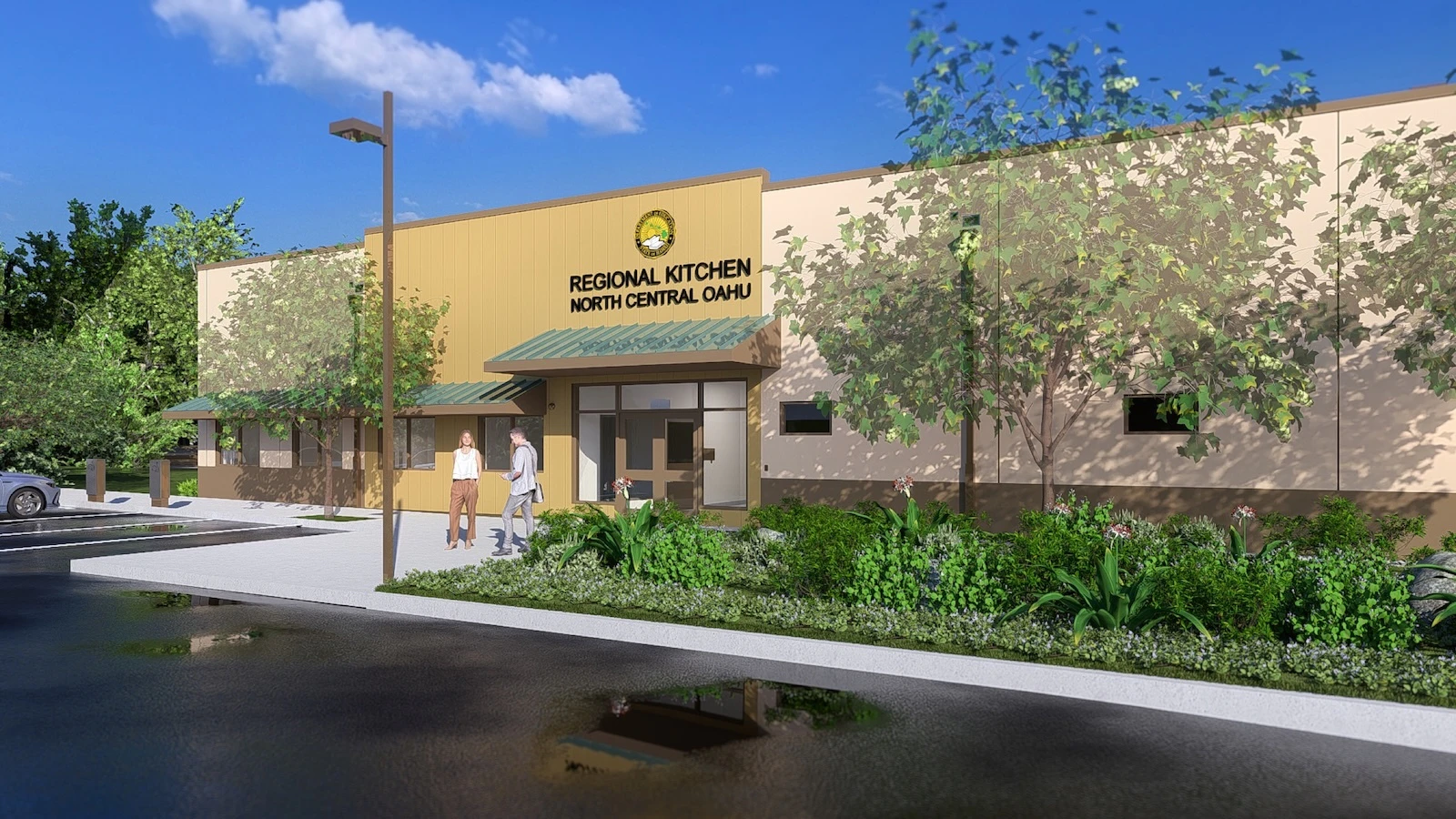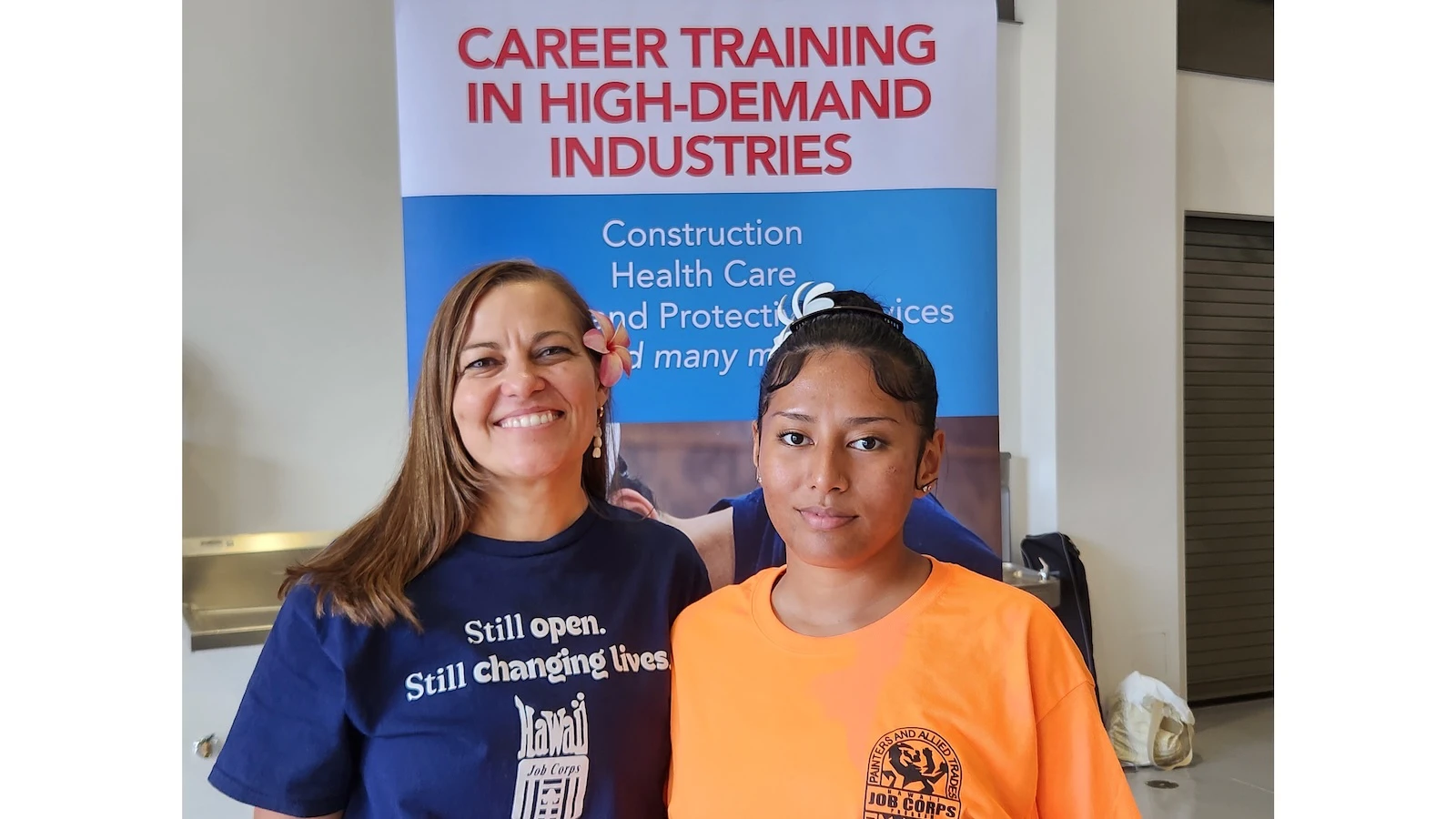The 44-day shutdown of the federal government was a painful reminder of what we already know.
Hawai‘i is so damn expensive.
Now this isn’t breaking news, but we have this inordinate ability to rationalize, ignore or even justify the 500lb gorilla in the room.
There was anticipation that the shutdown would happen, and it did on October 1st. The ripple effect across the country was profound, including airline travel, furloughs and job losses, evictions and foreclosures, and more. But one aspect was the most urgent and troubling of all.
Americans were going hungry.
The politics of the whole thing can be debated, discussed, or even coin-flipped as to who bears the blame. I blame Sen. Chuck Schumer the most. I blame Rep. Hakeem Jeffries in the House. And, of course, their sychophants who politically pandered then called it quits when it was clear that the public was sick of it. And the actual or perceived blame lay with the conduct of Schumer, Jeffries, and their ilk. The democrats caved in by accepting the basic tenets of the initial clear CR submitted by the republicans. This proves that leverage was the objective and marginalizing, even bullying the GOP, setting up a talking point strategy before the mid-term election. Lose the leverage and, well, you just lose.
But I digress.
Those who rely on SNAP benefits to achieve a level of food security were gravely in the crosshairs. Both nationally and locally.
For several weeks, more than 40 million Americans faced uncertainty about the status of federal food assistance through the SNAP program. Those worries have been especially sharp for residents of Alaska and Hawaii—two states with the highest food costs in the nation.
To put this in perspective, according to the most recent USDA report (August 2025), the agency that administers SNAP, a “thrifty” household of four could eat on $999.50 a month in the contiguous 48 states. But the cost is nearly 28% higher in Alaska, and almost 51% higher in Hawai‘i, as reported in The New York Times.
Again, the government shutdown was a grim reminder that Hawai‘i’s Cost of Living (COL) is not only a statistic nobody wants, but also a cause of stress, anxiety, the outmigration of families, and, even more so, a threat to survival.
Cost of Living refers to the expenses of living in a particular area of the country. The formulation includes the cost of shelter, food, transportation, healthcare, and other ancillary costs. A Cost of Living Index is used to establish a national average, which is expressed at 100. Areas below the national average will have an index below 100, and regions with indexes above 100 will have low and high COL, respectively.
Let’s compare the two states’ indices.
Kansas has a Cost of Living index of 86.5.
Hawai‘i has a Cost of Living index of 193.3.
We have the following breakdown of index components for Hawai‘i:
- Groceries: 152.9
- Housing: 315
- Utilities: 164.2
- Transportation: 133.7
- Healthcare: 115.3
- Miscellaneous: 126.7. (worldpopulationreview.com)
Our cost of living is almost double the national average, and our housing prices are over triple the national average.
We import over 90% of food and consumables; our kW/hour price for electricity is approximately 37 cents, making us by far the most expensive state; gas prices are legendary high, vying with California’s Bay Area as the highest; and simply compare, well, everything, and we pay, pay, and pay.
The saddest thing in all of this is, when is it ever going to stop?
And I submit — never.
This is the reality of Hawai‘i.
Nobody is going to save us.
We can only save ourselves.
For the latest news of Hawai‘i, sign up here for our free Daily Edition newsletter.





